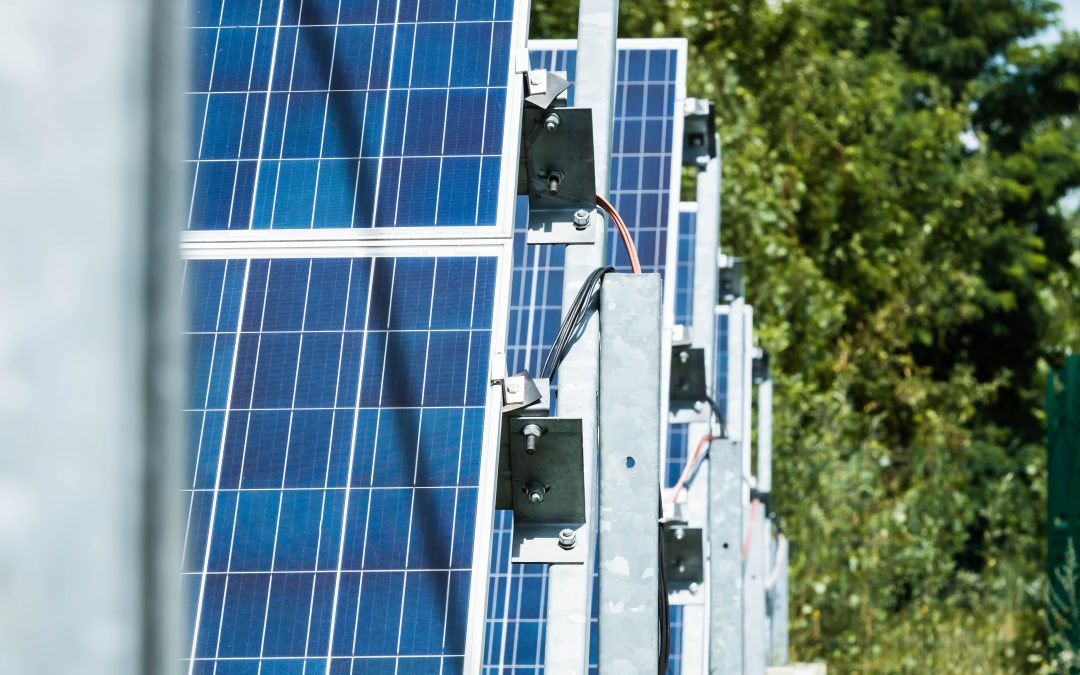As the clean energy transition accelerates, solar battery storage is becoming a cornerstone of resilient and sustainable energy grids. Yet, in the Mid-Atlantic region, where the PJM interconnection manages a vast and complex energy network, battery storage adoption lags behind states like California and New York. The recent RE+ Mid-Atlantic conference in Philadelphia shed light on this disparity, emphasizing that clear state policies and strategic planning are critical to unleashing the potential of energy storage.
A Region of Untapped Potential
The PJM region, which spans multiple Mid-Atlantic states, holds immense promise for battery storage deployment. However, the implementation has been slow. Panelists at the RE+ conference noted that while ambitious clean energy targets are in place, the region lacks the regulatory clarity and market mechanisms needed to translate goals into action.
“Storage deployment here hasn’t kept pace with other areas,” remarked Nitzan Goldberger, director of policy and business development at New Leaf Energy. “The key question is: Why? And how do we overcome these barriers?”
The answer lies in addressing structural challenges within the energy landscape, including the absence of a cohesive framework for integrating storage into the grid.
The Policy Gap
One of the central challenges is the disconnect between state-level ambitions and the mechanisms to achieve them. Maryland, for instance, has set an ambitious target of 3,000 MW of energy storage by 2033. Yet, as Erik Henlon, senior manager of distribution planning at Baltimore Gas and Electric (BGE), highlighted, utilities are still in the early stages of crafting the necessary roadmap.
“It’s not just about setting targets,” Henlon explained. “We need detailed plans and collaboration across stakeholders to ensure these goals are met effectively.”
Maryland’s Drive Act, which promotes bi-directional EV charging and time-of-use tariffs, is a step in the right direction. Policies like these enable consumers with behind-the-meter storage to lower their energy costs while supporting grid stability. However, as Tyler Wakefield of the Energy Policy Design Institute pointed out, without clear revenue models for private storage assets, widespread adoption remains elusive.
Learning from Success Stories
States like Massachusetts and New York offer valuable lessons for the Mid-Atlantic. Their success in deploying energy storage stems from recognizing and monetizing the diverse services that storage systems provide. From reducing peak demand to stabilizing rates and cutting emissions, these states have created financial incentives that attract developers and investors.
“In Massachusetts, storage operators are compensated for reducing bulk capacity needs or aiding distribution systems,” said Greg Geller, CEO of Stack Energy Consulting. “That kind of framework ensures that storage isn’t just a regulatory checkbox but a viable, revenue-generating asset.”
The PJM region, by contrast, lacks similar mechanisms. As a result, storage developers struggle to secure the investor confidence needed to bring projects to fruition.
Moving from Ambition to Action
Despite the challenges, the Mid-Atlantic is far from a lost cause. Panelists at RE+ emphasized that the region is in the early stages of its energy storage journey, with opportunities to build on the successes of other regions.
The path forward begins with state governments and utilities working together to craft clear policies that support storage integration. This includes establishing revenue mechanisms, such as payments for peak demand reduction and grid services, which make storage financially viable.
Collaboration across states within the PJM footprint is also crucial. Sharing best practices and harmonizing regulations can accelerate progress. Utilities must adopt a proactive approach, viewing storage not just as a means to meet clean energy goals but as a tool to enhance grid reliability and equity.
A Call to Action
Energy storage holds the key to a cleaner, more resilient energy future in the Mid-Atlantic. However, realizing its potential requires a paradigm shift in how policies are crafted and implemented. The region has ambitious targets, but ambition alone won’t suffice. Clear roadmaps, innovative incentives, and collaborative efforts are the ingredients needed to transform storage from an untapped opportunity into a cornerstone of the clean energy revolution.
The Mid-Atlantic has the chance to lead by example, demonstrating that even regions starting from the ground floor can become pioneers of energy innovation. It’s a challenge worth tackling—not just for the region, but for the clean energy transition as a whole.


Recent Comments